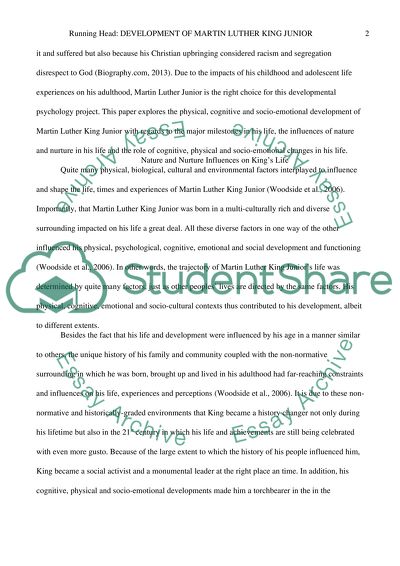Cite this document
(“Lifespan Development Essay Example | Topics and Well Written Essays - 3500 words”, n.d.)
Lifespan Development Essay Example | Topics and Well Written Essays - 3500 words. Retrieved from https://studentshare.org/psychology/1492173-lifespan-development
Lifespan Development Essay Example | Topics and Well Written Essays - 3500 words. Retrieved from https://studentshare.org/psychology/1492173-lifespan-development
(Lifespan Development Essay Example | Topics and Well Written Essays - 3500 Words)
Lifespan Development Essay Example | Topics and Well Written Essays - 3500 Words. https://studentshare.org/psychology/1492173-lifespan-development.
Lifespan Development Essay Example | Topics and Well Written Essays - 3500 Words. https://studentshare.org/psychology/1492173-lifespan-development.
“Lifespan Development Essay Example | Topics and Well Written Essays - 3500 Words”, n.d. https://studentshare.org/psychology/1492173-lifespan-development.


